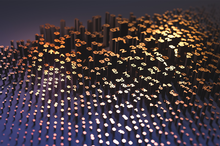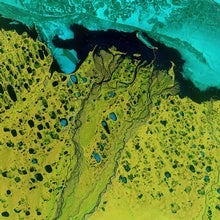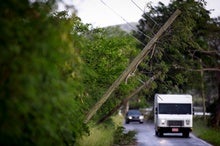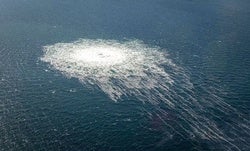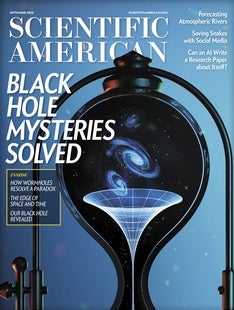 |
| October 11, 2022 |
Dear Reader,
Experts say that recent ruptures in the Nord Stream pipelines were probably caused by explosions, but their exact sources remain unknown. What is known is how engineers can start repairing Nord Stream—because damage to undersea pipelines is not a rare occurrence, and there are established protocols for patching up the problem areas. |
| | Sophie Bushwick, Associate Editor, Technology
| |
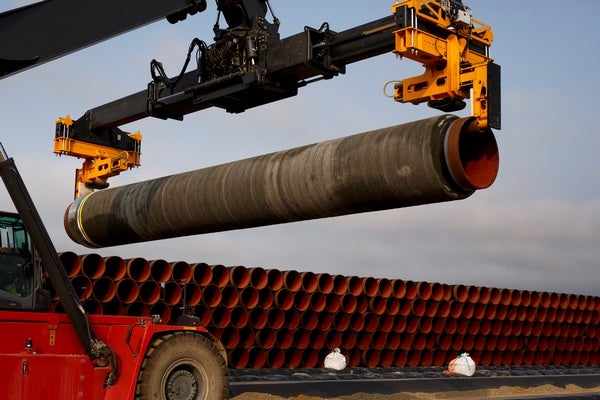 |
| |
| |
| Engineering NASA's Saturn V Rocket, the Moon Rock Box and the Woman Who Made Them Work Properly Yvonne Y. Clark, known as Y.Y. throughout her career, had a lifetime of groundbreaking achievements as a Black female mechanical engineer. In the third episode of the third season of the Lost Women of Science podcast, we see how Y.Y.'s brilliance helped make Project Apollo a success | | By Katie Hafner,Carol Sutton Lewis,The Lost Women of Science Initiative | | | |
| |
| |
| |
| |
| |
| |
FROM THE STORE
 | | | |
| QUOTE OF THE DAY
 "The sense I'm getting is that Optimus isn't as bad as people thought, but also, nobody [in the robotics community] is very impressed or surprised by any of the tech." Kate Darling, IEEE Spectrum | |
FROM THE ARCHIVE
 | | | |
LATEST ISSUES
 |
| |
| Questions? Comments?  | |
| Download the Scientific American App |
| |
| |








